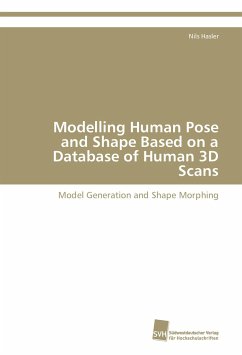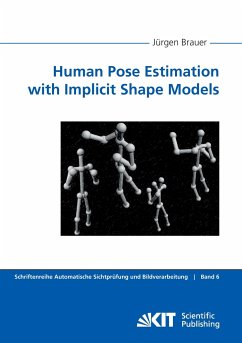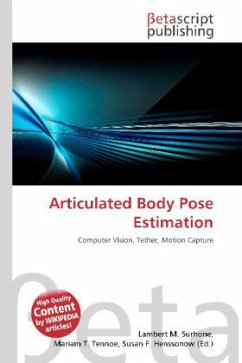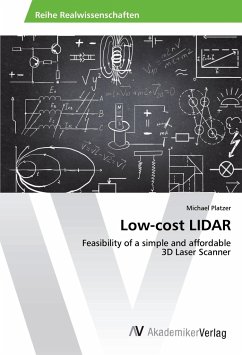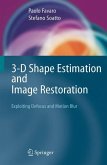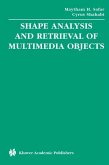Generating realistic human shapes and motion is an important task both in the motion picture industry and in computer games. In feature films, high quality and believability are the most important characteristics. Additionally, when creating virtual doubles the generated charactes have to match as closely as possible to given real persons. In contrast, in computer games the level of realism does not need to be as high but real-time performance is essential. It is desirable to meet all these requirements with a general model of human pose and shape. In addition, many markerless human tracking methods applied, e.g., in biomedicine or sports science can benefit greatly from the availability of such a model because most methods require a 3D model of the tracked subject as input, which can be generated on-the-fly given a suitable shape and pose model. In this thesis, a comprehensive procedure is presented to generate different general models of human pose. A database of 3D scans spanning the space of human pose and shape variations is introduced. Then, four different approaches for transforming the database into a general model of human pose and shape are presented.

